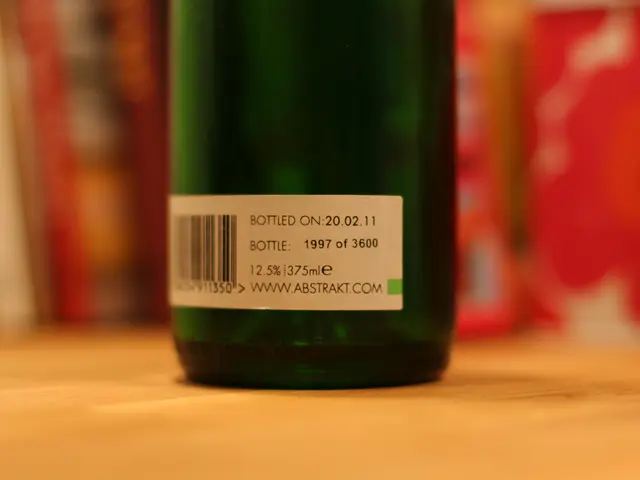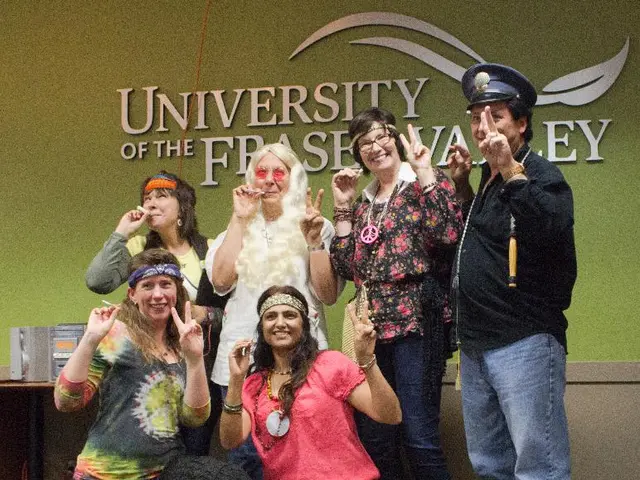Unleashing the Secrets: Pandora's Box Revealed
In the Science Museum's "Who Am I?" gallery, Esther Fox's artwork Pandora's Box invites visitors to delve into the ethical, social, and personal complexities of prenatal genetic screening. The artwork, which will be on display until September 2016, is a thought-provoking exploration of the promises and perils of this rapidly evolving technology.
At the heart of the piece is a casket, embossed with the ancient Greek Hippocratic Oath, symbolising a time when physicians were both medical practitioners and philosophers. Hanging above the casket are strips of velum, an ancient medium used for valuable documents such as the Magna Carta, and embossed with excerpts from a study on people's feelings about prenatal genetic screening.
Emerging from the casket is a double helix style twist made from computer punch tape, representing the early era of collecting and storing data. This twist serves as a poignant reminder of the historical context in which our understanding of genetics has developed.
Fox has collaborated with Felicity Boardman, the study's author, to look at the impact of experiential knowledge of disability on decision-making in prenatal screening. The artwork metaphorically connects to the myth of Pandora's Box, illustrating how unlocking the power of genetic knowledge can unleash unintended consequences, such as anxiety, social pressure on parents, and challenges to societal notions of identity and normality.
The artwork prompts reflection on issues such as ethical dilemmas about selecting or altering embryos based on genetic traits, the risk of increased social inequality and discrimination, concerns about loss of diversity, and the potential stigmatization of individuals with certain genetic conditions or disabilities deemed "undesirable."
Esther Fox, who has a disability, believes that her disability is part of her identity, teaching her resilience, creative problem solving, and the ability to communicate with diverse people. She has been interested in using art to spark discussions about complex ethical issues for many years.
Fox's Pandora's Box serves as a call to society to carefully consider the ethical and social ramifications before fully embracing such technologies. The artist is asking the public to consider the wide-ranging implications that pre-natal genetic screening would have if it were more widely available.
Art, according to Fox, has the power to facilitate thoughtful contemplation and express complex emotional subject matter. Fox hopes to encourage public comment on the artwork, believing that pre-natal genetic screening is often viewed as just scientific progress, but it also involves screening out individuals with certain genetic conditions.
More information about the development of "Pandora's Box" can be found on the provided link. The artwork is intended to get the public discussing and considering the ethical implications of pre-natal genetic screening, inviting viewers to ponder on the value of life and the connection between the medical body and spiritual essence.
- This thought-provoking artwork, Pandora's Box, in the Science Museum, blendingly combines science with art, prompting conversations about the ethical implications of prenatal genetic screening and the resulting impact on health-and-wellness, medical-conditions, and societal norms.
- The use of technology in prenatal genetic screening is a growing area of concern, with advancements in artificial intelligence potentially influencing the decision-making process, generating an urgent need for robust ethical discussions, as highlighted by Esther Fox's thought-provoking installation, Pandora's Box.




